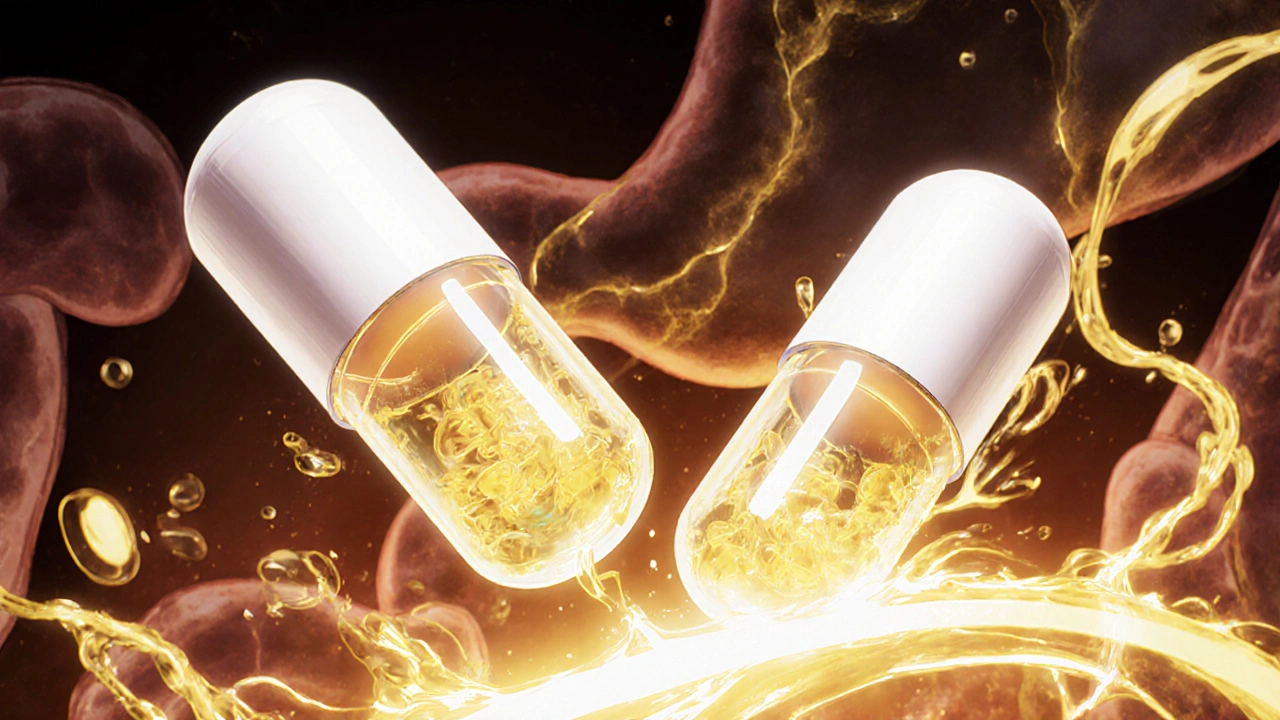Why pharmacokinetic studies aren’t just a formality-they’re the backbone of generic drug safety
When you pick up a generic pill at the pharmacy, you expect it to work just like the brand-name version. But how do regulators know it’s truly the same? The answer isn’t in marketing claims or identical-looking tablets. It’s in pharmacokinetic studies. These aren’t theoretical exercises. They’re real, controlled human trials that measure exactly how your body absorbs, distributes, and eliminates a drug. And for most systemic medications, they’re the only thing standing between a safe generic and a dangerous imposter.
How pharmacokinetic studies actually work
Here’s the simple version: healthy volunteers take both the brand-name drug and the generic version, usually in separate sessions with a washout period in between. Blood samples are taken at regular intervals-sometimes every 15 minutes for the first few hours-then analyzed to track the drug’s concentration over time. Two key numbers come out of this: Cmax (the highest concentration reached in the blood) and AUC (the total exposure over time, calculated as the area under the concentration curve).
The FDA and other global regulators require that the generic’s Cmax and AUC fall within 80% to 125% of the brand-name drug’s values. That’s not a guess. It’s a statistically validated range based on decades of data showing that within this window, clinical outcomes are virtually identical. For example, if the brand-name drug hits a Cmax of 100 ng/mL, the generic must land between 80 and 125 ng/mL. Anything outside that range? The drug doesn’t get approved.
It’s not one-size-fits-all-especially for tricky drugs
Not all drugs behave the same. For common pills like ibuprofen or amoxicillin, the 80-125% rule works reliably. But for drugs with a narrow therapeutic index-like warfarin, lithium, or phenytoin-the stakes are higher. A tiny difference in absorption can mean the difference between effective treatment and life-threatening toxicity. So regulators tighten the rules. For these drugs, the acceptable range often shrinks to 90-111%.
And then there are the complex ones: extended-release tablets, patches, inhalers, creams. For these, traditional blood tests don’t always tell the whole story. A topical steroid might show identical blood levels between brand and generic, but if it doesn’t penetrate the skin the same way, it won’t treat eczema effectively. That’s why agencies like the FDA now require dermatopharmacokinetic studies or in vitro permeation testing for topical products. These methods measure drug delivery directly at the site of action, not just in the bloodstream.

The hidden cost and complexity behind every generic
Behind every approved generic drug is a study that cost between $300,000 and $1 million-and took 12 to 18 months to complete. That’s not just lab work. It’s formulation tweaking, excipient testing, regulatory submissions, and multiple rounds of trial design. One small change in filler or coating can alter how fast the drug dissolves, which changes absorption. Manufacturers often go through dozens of versions before hitting the sweet spot.
Even then, failure isn’t rare. A 2010 PLOS ONE study found cases where generics with identical active ingredients and perfect in vitro dissolution profiles still failed in human trials. Why? Because bioavailability isn’t just chemistry-it’s biology. Your gut, your liver, your enzymes-they all play a role. Two pills can look identical, but if one dissolves slower in your stomach, it won’t work the same.
Why the FDA doesn’t call it a ‘gold standard’-and what that really means
You’ll hear people call pharmacokinetic studies the ‘gold standard.’ But the FDA won’t. They say bioequivalence is a principle, not a standard. Why? Because they know it’s not perfect. For drugs that act locally-like inhaled asthma meds or vaginal creams-blood levels don’t reflect what’s happening at the target tissue. In those cases, clinical endpoint studies (measuring actual symptom improvement) are better, but they’re too expensive and slow for routine use.
That’s why regulators are turning to smarter tools. Physiologically-based pharmacokinetic (PBPK) modeling is now accepted by the FDA for certain drugs. These computer simulations predict how a drug will behave in the body based on its chemical properties, without needing human trials. It’s not magic-it’s science built on real human data-but it’s changing the game. For about 15% of drugs, especially those classified as BCS Class I (highly soluble, highly permeable), PBPK models can replace full bioequivalence studies entirely.
Global differences that matter
What’s approved in the U.S. might not fly in Europe. The EMA tends to use a more rigid, one-size-fits-all approach, while the FDA tailors requirements drug by drug. There are over 1,800 product-specific FDA guidances on bioequivalence, each written for a particular drug’s unique behavior. Meanwhile, the WHO estimates that only about half the world’s regulatory agencies have fully aligned with international standards. In some countries, generics enter the market with minimal testing. That’s why you might see the same generic drug sold under different names with different results overseas.

What this means for you as a patient
If you’ve ever switched from brand to generic and noticed a change-feeling different, side effects popping up, or the drug seeming less effective-you’re not imagining it. While most generics are perfectly safe and effective, the system isn’t flawless. For drugs where small differences matter (like thyroid meds, seizure drugs, or blood thinners), stick with the same manufacturer if possible. Ask your pharmacist if the generic you’re getting is from the same batch as before. And if something feels off, talk to your doctor. Bioequivalence doesn’t mean identical in every biological way-it means statistically equivalent in absorption. Your body might still respond differently.
The future: better tools, smarter approvals
The field is evolving. New methods like microdosing (using tiny, non-therapeutic doses to track drug behavior) and advanced imaging are being tested. Machine learning is helping predict bioavailability from chemical structure alone. The goal isn’t to replace pharmacokinetic studies entirely-it’s to use them smarter. For simple drugs, blood tests will stay the norm. For complex ones, we’ll use targeted methods that measure what actually matters: how the drug works in your body, not just how much shows up in your blood.
Why this system works-despite its flaws
Over 95% of generic drugs approved by the FDA in 2022 were cleared through pharmacokinetic studies. That’s more than 4,000 products. And post-market surveillance shows that adverse events linked to bioequivalence failures are extremely rare. The system isn’t perfect, but it’s the most rigorously tested, data-driven method we have. It’s saved billions in healthcare costs without compromising safety. The real risk isn’t the method-it’s complacency. Assuming all generics are interchangeable without understanding the science behind them.

Amy Hutchinson
November 23, 2025 AT 18:04Dolapo Eniola
November 25, 2025 AT 01:50Srikanth BH
November 26, 2025 AT 05:02Archana Jha
November 27, 2025 AT 05:37fiona collins
November 27, 2025 AT 05:50Agastya Shukla
November 27, 2025 AT 19:40Andrew Camacho
November 29, 2025 AT 04:23Josh Zubkoff
November 29, 2025 AT 10:57Shivam Goel
November 30, 2025 AT 13:55Andrew McAfee
December 2, 2025 AT 04:22Pallab Dasgupta
December 4, 2025 AT 00:08Karen Willie
December 5, 2025 AT 18:46